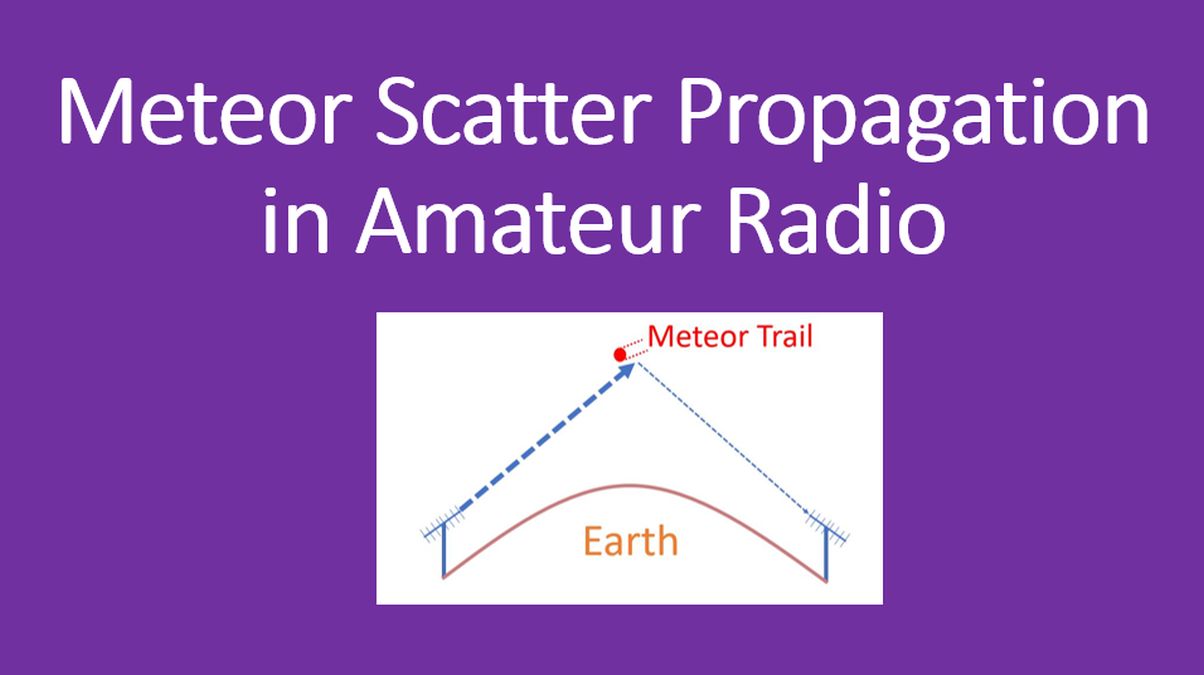Meteor Scatter Propagation in Amateur Radio
Meteor Scatter Propagation in Amateur Radio
I had mentioned about Meteor Scatter along with the discussion on WSJT some time back. Meteor Scatter is a special mode of propagation in which the ionization of atmosphere produced by the meteor trail refracts VHF and sometimes UHF signals so that long distance communication is possible without repeaters. MSK144 Protocol is a special mode available in WSJT-X for meteor scatter communication. MSK144 is a Minimum Shift Keying Frequency-Shift Keying which transmits 144 bit long packets at a baud rate of 2000 bps using frequencies 1000 and 2000 Hz. A sample audio and spectral display of MSK144 is available at the sigidwiki.com webapge, which is meant as a signal identification guide.

K9AN and K1JT has mentioned that meteor scatter communication was first described in 1953 as a means of communicating in the then dead 15 and 20 m bands. Later it was found that 6 m and 2 m bands are better with much lower background noise levels. Useful low elevation gain was also achievable with relatively modest antennas. Initial contacts were on CW and utilized relatively rarer blue whizzer meteor trails which lasted several seconds or longer. But current day contacts using digital technology with error correction can utilize those lasting less than 0.1 second and thus enables communication on VHF bands any day of the year to around 1300 miles, making these contacts independent of weather, solar activity, position of the moon etc.